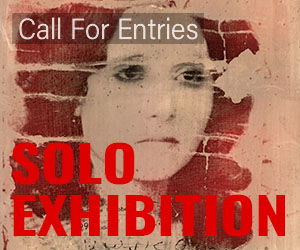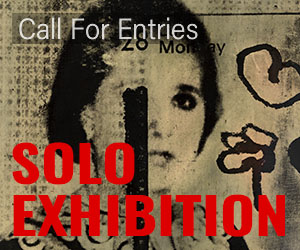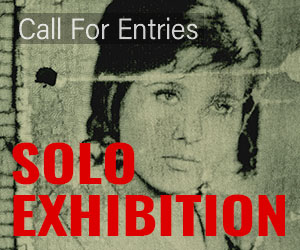
Country: United States
Birth: 1962
Birth: 1962
Daniel Sackheim, born in 1962 in Los Angeles, California, is a photographer and film and television director and producer living and working in Los Angeles.
As a director, Sackheim is best known for his work on multiple highly acclaimed television series. Some of his directorial credits include: Game of Thrones, True Detective, The Americans, The Walking Dead, Jack Ryan, Servant, Better Call Saul, The Leftovers, The Man in the High Castle, Ozark, and more recently Lovecraft Country.
He has received multiple Emmy nominations, more recently in 2017 for directing the Ozark episode "Tonight We Improvise," which is a category he won in 1997 for an episode of NYPD Blue.
In addition to his television work, Sackheim directed the Sony feature film, The Glass House, starring Leelee Sobieski, Diane Lane, and Stellan Skarsgard, and he produced the film, The X-Files: Fight the Future, for 20th Century Fox. Alongside fellow HBO alum Tony To, Sackheim is the co-founder of Bedrock Entertainment, which produces prestige content programming streamers and premium cable platforms. Sackheim's photographic practice translates the filmic league of his career into still photography that explores the nature of mystery, urban environments, and narrative ambiguity. His attraction to spaces dominated by shadows stems from his love of film noir and its predilection for heightened reality. A member of a number of photography centers, he is also a curator for www.streetfinder.site which is a growing community for street photography.
Statement
A camera is like a keyhole through which one can peer into dark spaces in search of a hidden narrative I've come to define as the unknown. Using photography, I am endeavoring to shine a light on that narrative, bringing it into sharper relief.
My work occupies a space dominated by shadows. This attraction to the dark and ambiguous stems from my love of film noir and the heightened reality this filmic language personifies. Like noir, my photography aims to access the subconscious, exploring a world of omnipresent solitude and alienation.
Article
Exclusive Interview with Daniel SackheimInspiring Portfolios
Stay up-to-date with call for entries, deadlines and other news about exhibitions, galleries, publications, & special events.
More Great Photographers To Discover
United States
1949
1949
Wales
United Kingdom
1913 | † 1995
1913 | † 1995
India/United States
1954
1954
Switzerland
1916 | † 1954
1916 | † 1954
United States
Italy
1944 | † 2013
1944 | † 2013
Romania
Finland
1945
1945
Latest Interviews
Cole is best known for her underwater photography, but her other studio practice during the cold months in Toronto is an ongoing series of wet collodion photographs. This heavily analog process from the 19th Century is a years-long endeavor of revitalization and experimentation, offering modern day viewers an understanding of what it took to develop photographs in the early days of its invention.
Cole has added her own unique take on the process by adding a layer of color in contrast to the usual sepia tones associated with the genre. The resulting wet plate photographs are tactile and dimensional dances between light and shadow, past and present, depicting women in timeless dreamscapes. We asked her a few questions about this specific project
I discovered Michael Joseph's work in 2016, thanks to Ann Jastrab. I was immediately captivated by the power of his beautiful black and white photographs from his series 'Lost and Found.' His haunting portraits of young Travelers have stayed with me ever since.
Debe Arlook is an award-winning American artist working in photography. Through color and diverse photographic processes, Arlook’s conceptual work is a response to her surroundings and the larger environment, as she attempts to understand the inner and outer worlds of human relationships. Degrees in filmmaking and psychology inform these views.
Seth Dickerman is a master manipulator of the wide spectrum of light densities that reflect off the surface of a photographic print and enter into our field of vision. His singular intent in making prints is to bring out the best an image has to offer, which means giving an image the ability to hold our attention, to engage us, and to allow us to discover something about an image that is meaningful and significant.
Photographer and film director, Michel Haddi has photographed many high-profile celebrities while living in the USA including, Clint Eastwood, Martin Scorsese, David Bowie, Uma Thurman, Francis Ford Coppola, Cameron Diaz, Faye Dunaway, Nicholas Cage, Johnny Depp, Heath Ledger, Angelina Jolie, Janet Jackson, Jennifer Lopez, and many others. He also manages a publishing house, MHS publishing, which publishes his own books.
Currently based in London we have asked him a few questions about his life and work
In 2008, Swedish photographer Sebastian Sardi, inspired by an article exposing hidden mining-related incidents, embarked on a photography journey. Without formal training, he explored mines and ventured to India's Jharkhand state to document coal miners in Dhanbad, known as the "coal capital." His project, "Black Diamond," captured the lives of people, including men, women, and children, dedicated to coal extraction in grueling conditions.
Monterey-based photographer Debra Achen was born and raised near Pittsburgh, PA, where she developed a passion for both nature and art. She studied a variety of studio arts, including drawing, painting, and printmaking in addition to her training in traditional film and darkroom photography. Her project 'Folding and Mending' won the September 2022 Solo Exhibition. We asked here a few questions about her life and work.
Steve Hoffman is a documentary photographer who has who spent the last dozen years working with and photographing the people that live the housing projects in Coney Island. He was the winner of the July and August 2022 Solo Exhibition. We asked him a few questions about his life and work.
Aya is passionate about exploring the natural world and protecting ecosystems and wild landsAll about Photo: Tell us about your first introduction to photography. What drew you into this world?
Her project The Systems That Shape Us'won the February 2022 Solo Exhibition. We asked her a few questions about her life and her work.














